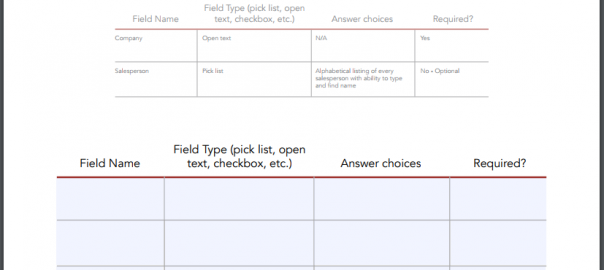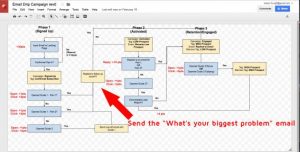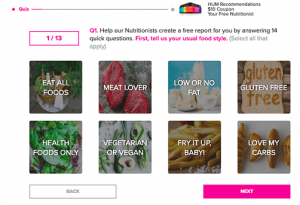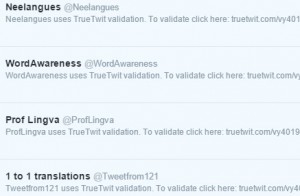— February 1, 2018

After identifying your referral sources, developing a recruitment strategy, creating a sales enablement plan, developing a plan to enable referral sources, and constructing a referral incentive strategy, you can start to fashion a referral strategy that enables you to create an effective onboarding process for your referral sources.
To build an onboarding plan, you need to first determine what information should be collected at registration for different referral source and the training they need to succeed.
5 ways to determine your referral strategy for your registration process
Throughout the life of your referral program, you will need to collect different information from referral sources at different times. To figure out what information you need to collect at registration based on your referral program structure, answer these five questions.
- Are you using the referral program as your partner database?
If yes: Collect all required fields at registration, like email, address, and phone number.
If no: Connect your registration and program to your CRM/PRM with SSO and prefill this information.
- Are you paying your referral sources via electronic funds transfer?
If yes: Collect the appropriate bank information.
If no: Validate the address or email is correct for a check or electronic gift card.
- Do you want to approve referral sources before they join the program?
If yes: Collect the key information you are judging their approval on. This could be a check on access to your target buyer, a sample of existing clients, or the ability to commit to an SLA.
If no: No additional information is needed.
- Is a salesperson (direct or channel) involved in the relationship with the referral source?
If yes: Provide a way to select their salesperson during registration so that performance can be tracked and reported by salesperson.
If no: No additional information is needed.
- Do you expect that the majority of referral sources will earn the taxable limit of $ 600 during the calendar year?
If yes: Collect the tax information at registration. If the referral source is inside the U.S. this would be through a W-9. If the referral source is outside the U.S. this would be through a W-8.
If no: Establish a process where if they reach the taxable limit, the appropriate tax information is triggered for collection before further payments are made.
Once these decisions are made you can construct your registration form to collect this information.
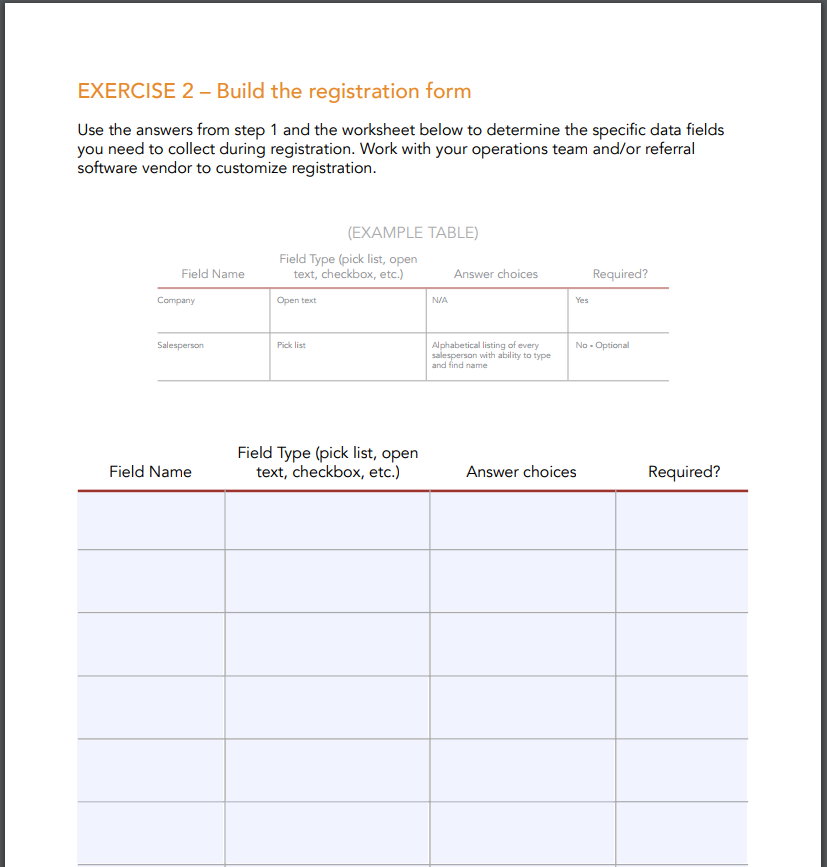
How to build a training plan for your referral program
Another important part of onboarding referral sources is training them. Depending on what type of referral source you’re enabling, this training may be as easy as providing content on your target buyer or as in-depth as laying out the different value propositions each type of buyer will respond to and how to identify them. Depending on your referral source’s knowledge of your business, you may want to just put the information in your referral program portal so they can access it whenever they might need a refresher.
When considering the different training you should provide, think about it in relation to who the trainer will be or if it would be self-taught, the delivery mechanism for the training, if there is a specific date(s) it should occur or if it is ongoing, and if the training is a requirement or optional.
Here are a few types of training you can consider offering:
- Target buyer and buying personas
- Referable product(s) and value props
- How to make a 1-to-1 referral ask
- What happens after you submit a referral – process and communication
- How to earn incentives – criteria and payment
Business & Finance Articles on Business 2 Community
(38)
Report Post